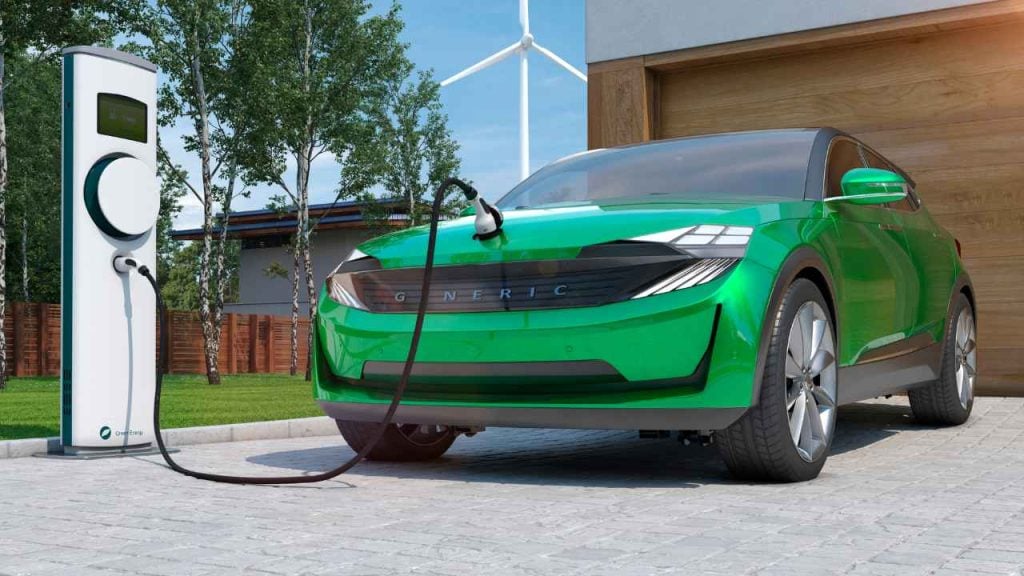With Donald Trump’s return to the White House, significant changes have come to the nation’s economic policies, and among these changes are decisions that impact tax benefits for Americans.
One of the changes is the revision of the electric vehicle tax credit was created in 2008 through the Emergency Economic Stabilization Act. This initiative, under Section 30D of the Internal Revenue Code, granted up to $7,500 for new EV purchases. Its goal was to facilitate access to sustainable transportation technologies. However, this tax credit could disappear with the Trump administration’s paradigm shift.
The tax credit for buying electric vehicles that could disappear
Between 2009 and 2022, the incentive applied a manufacturer-specific cap: 200,000 vehicles sold triggered its phase-out. Tesla and General Motors reached that threshold in 2018 and 2020. The Inflation Reduction Act of 2022 subsequently reformed the system. It abolished the manufacturer-specific cap and incorporated benefits for used vehicles.
The tax break amounts available as of today are (These amounts are subject to specific eligibility conditions):
- For new EVs, the credit reaches $7,500.
- Used ones get up to $4,000.
- Home chargers receive $1,000 if installed before 2025.
Requirements for applying for a tax break on new vehicles
New EVs require a minimum battery capacity of 7 kWh and assembly in North America. Prices must not exceed $80,000 for pickup trucks/SUVs or $55,000 for sedans. Starting in 2024, increasing percentages of local components apply.
Requirements for applying for a tax break on used vehicles
Buyers face adjusted gross income limits: $300,000 (couples), $225,000 (heads of household), or $150,000 (singles). Used EVs must cost less than $25,000 and be at least two years old.
Buyers obtain the credit through IRS-registered dealers. Starting in 2024, they can transfer it to the seller for an immediate discount. Dealers issue Form 15400 with technical and tax details.
To claim the benefit, submit Form 8936 along with your annual return. This includes VIN verification and regulatory compliance. Residential chargers require Form 8911. The credit reduced upfront costs by up to $7,500, driving record sales in 2025. However, local component requirements excluded models not manufactured locally. This limited options for consumers.
The nonrefundable nature of the benefit prevents taxpayers with low tax obligations from taking full advantage of its value. Furthermore, regulations on critical minerals complicate eligibility for several models.
The EV tax credit could be eliminated
President Donald Trump proposed eliminating the credit, citing market distortions. This initiative is included in the “One Big, Beautiful Bill,” introduced in May 2025. It seeks to redirect funds toward tax cuts.
The proposal would eliminate the $7,500 fee for new EVs and $4,000 for used EVs after 2025, except for manufacturers with fewer than 200,000 units sold. It would also cancel charger credits and impose a $250 annual fee on EV owners.
Studies from Princeton University predict a 40% drop in EV sales by 2030 without incentives. Manufacturers like Ford and GM would see immediate price increases. The Chevrolet Equinox EV would go from $26,100 to $33,600.
Analysis by Harvard University estimates an additional 49 million tons of carbon by 2030. The measure would affect competitiveness compared to Europe and China, where subsidies keep demand stable. The Alliance for Automotive Innovation, which represents 97% of manufacturers, defends the credit. States with investments in EV manufacturing, such as Georgia and Ohio, warn about occupational risks.
